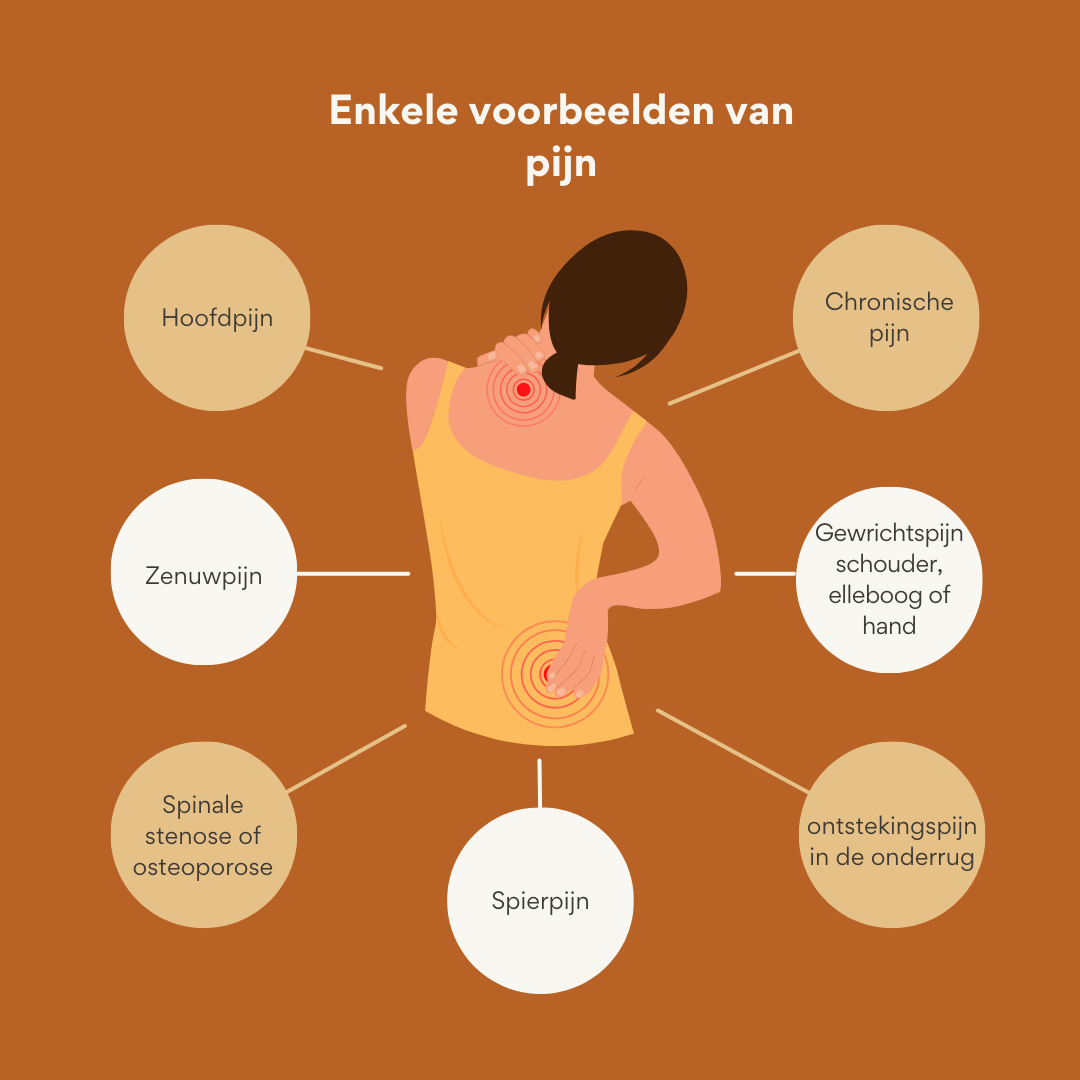Pain: The Protective Power of Our Body and the Role of Red Light Therapy
Part
Pain often feels unpleasant, but it has a crucial function: it protects your body. Pain makes our nervous system perceive a threat and puts the brakes on it to prevent further damage. Think of the feeling when you cut your finger; that sharp pain stimulus makes you react immediately. You pull your finger back, treat the wound and the healing process is initiated. Pain helps us avoid dangers, but if pain persists for a longer period of time, the consequences can become more complex (Woolf & Salter, 2000).
The Nervous System: Our Internal Guardian
Our nervous system consists of an ingenious network of nerves, brain and spinal cord and is constantly connected to our senses, muscles and organs. Two parts are important: the sympathetic nervous system, which makes us alert, and the parasympathetic nervous system, which ensures rest and recovery. When we are in danger, the sympathetic nervous system takes control, and when it is safe, the parasympathetic nervous system gets the chance to stimulate healing (DeGood & Kiernan, 1992; Turk & Okifuji, 1999).
However, if pain persists for a long time, the nervous system can remain in a constant state of alert. This is called sensitization. When this happens, the pain persists and symptoms can spread. The role of the nervous system and pain is therefore essential for both protection and recovery (Balague et al., 1999).
Persistent pain and its impact on the body
When pain persists, we often speak of persistent or 'chronic' pain. This type of pain is influenced by biological, psychological and social factors, and can disrupt our entire body. Terms such as fibromyalgia or chronic pain syndrome are often used for persistent pain. Such diagnoses describe symptoms, but not always the cause of the pain. Being in the wakeful mode for too long causes the sympathetic nervous system to become overactive, leading to increased muscle tension and sometimes to sensory overload (Turk & Okifuji, 1999; Balague et al., 1999).
The Solution: Balance and Restoration with Red Light Therapy
Red light therapy can help support the healing process by activating the parasympathetic nervous system. The red light waves penetrate deep into the skin and help the mitochondria (the energy producers of our cells) to function optimally. This process helps to enhance the body’s natural healing mechanisms and provides relief from pain and muscle tension. Studies show that red light therapy has a calming effect on the nervous system, which can help to break the vicious cycle of pain and stress (American Geriatrics Society, 1992).
On the road to recovery
For long-term pain relief, it is important to restore a balance between action and rest. Red light therapy offers a safe and natural solution. By incorporating the illumination of red light therapy into your routine, you give your body the opportunity to heal and support balance in the nervous system. Our bodies have an incredible capacity for healing, and red light therapy can play a key role in maximizing that capacity.
References
- American Geriatrics Society. (1992). Journal of the American Geriatrics Society , 40(3), 292-296. https ://doi.org /10.1111/j .1532-5415.1992.tb01824.x
- Balague, F., Mannion, A. F., Pellise, F., & Cedraschi, C. (1999). Non-specific low back pain. The Lancet , 354(9176), 581-585.
- DeGood, D. E., & Kiernan, B. D. (1992). Pain coping strategies in arthritis and other chronic pain. Family Practice , 18(3), 292-298.
- Turk, D.C., & Okifuji, A. (1999). Pain terms and taxonomies of pain. Annual Review of Medicine , 50, 123-125.
- Woolf, C. J., & Salter, M. W. (2000). Neuronal plasticity: Increasing the gain in pain. Science , 288(5472), 1765-1769.






